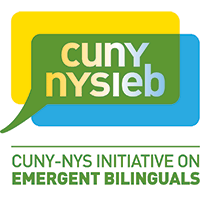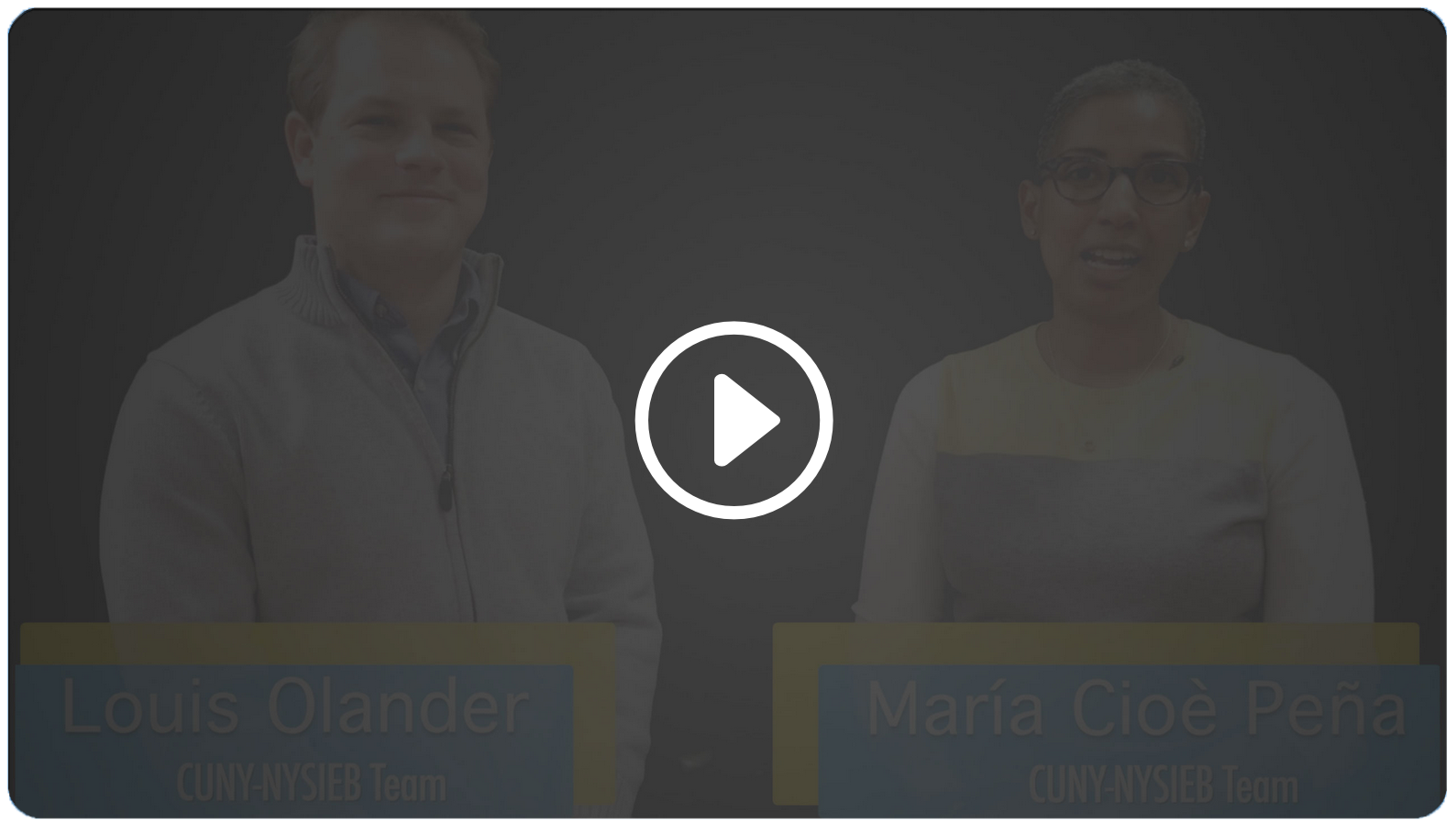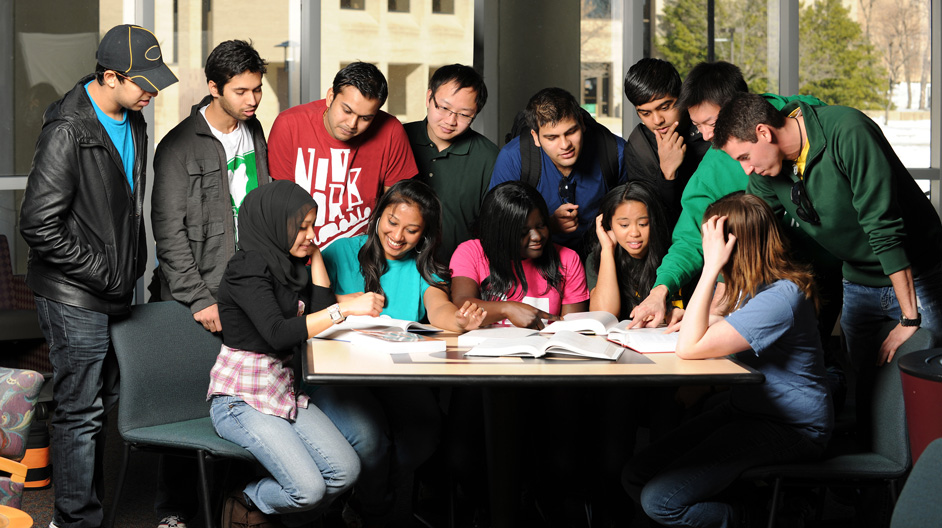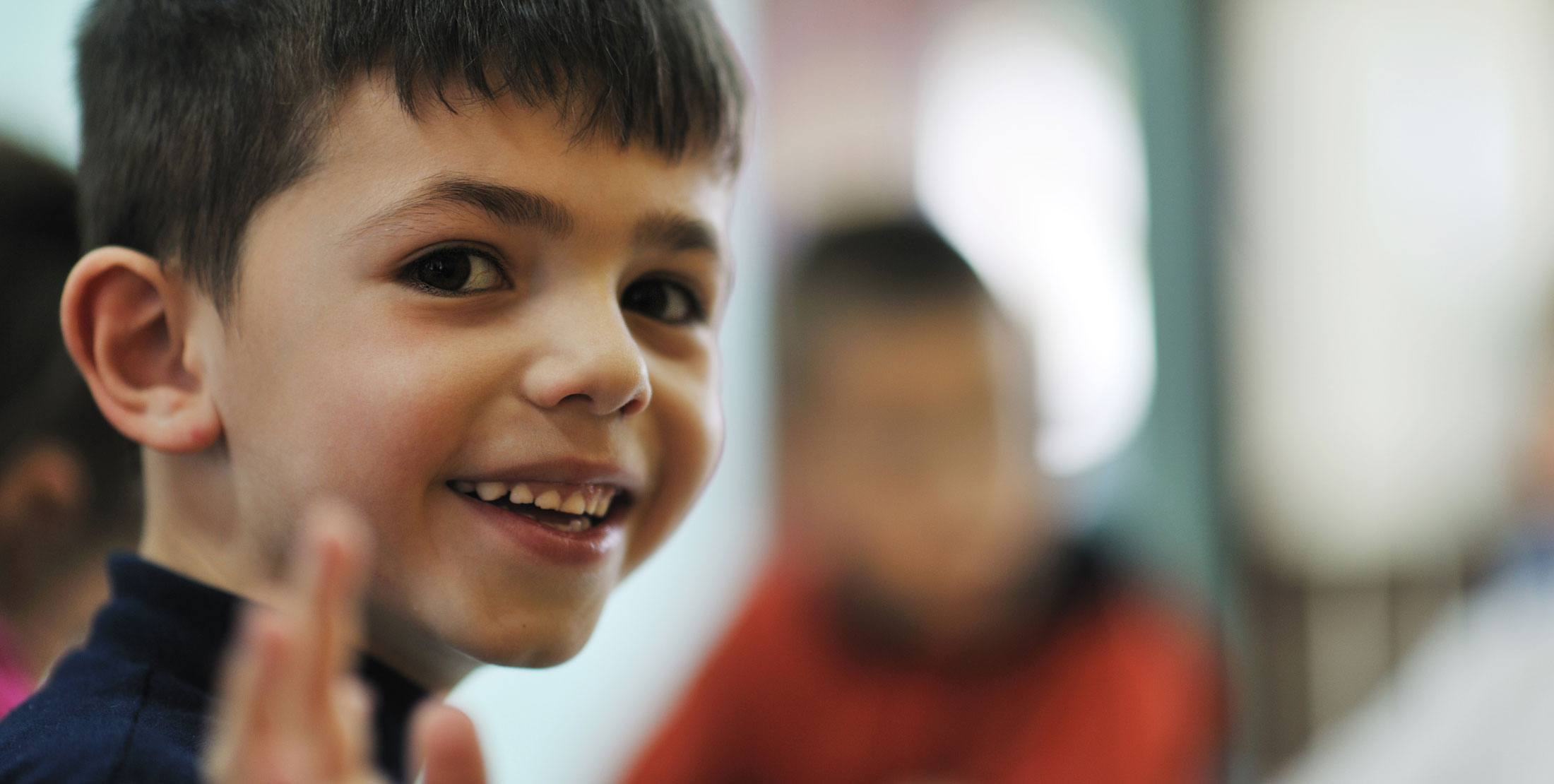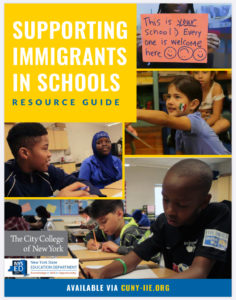Resources for Work with Particular Subgroups
Emergent bilinguals are a diverse group of students who face different challenges and possess different strengths. Consult these resources to help you adapt your curriculum and instruction to the needs of Students with Interrupted Formal Education, undocumented students, and other subgroups.
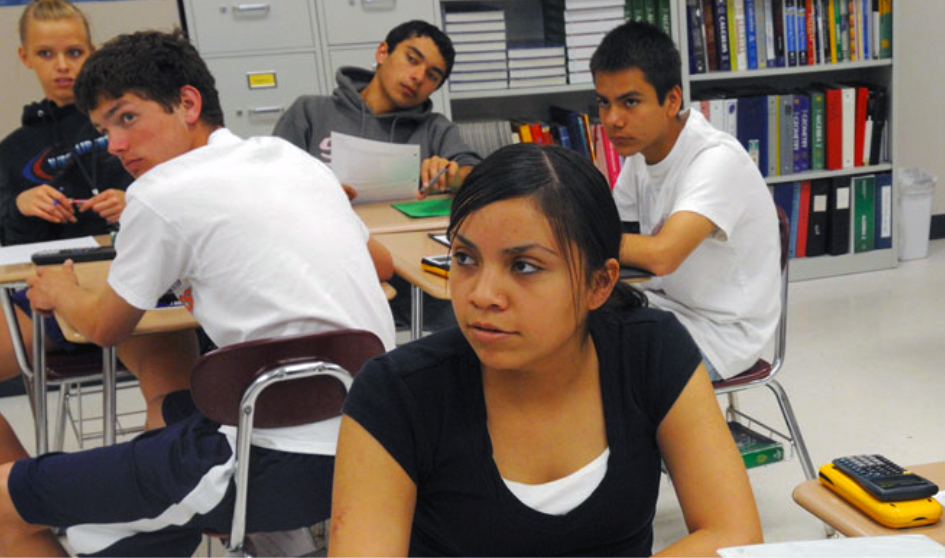

Check out the following Tips from CUNY-NYSIEB! Each page provides background information, translanguaging and other strategies, and examples of schools and teachers doing exemplary work with different subpopulations of emergent bilinguals.
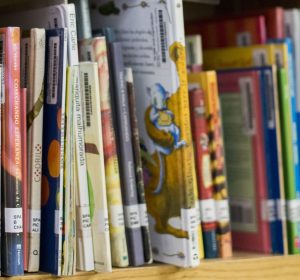
A CUNY-NYSIEB Framework on the Education of Emergent Bilinguals with Low Home Literacy: 4-12 Grades
The Framework, produced by the CUNY-New York State Initiative on Emergent Bilinguals, is a detailed guide for professionals whose mission includes the educational and literacy development of emergent bilingual students who are newcomers to the U.S and who have unusually low levels of literacy. This represents a vulnerable population, whether they attend regular programs or those designed for emergent bilinguals (whether bilingual or ESL). Different programs consisting of alternative curricula, as well as innovative classrooms structures and pedagogies are needed for these students. The present CUNY-NYSIEB Framework identifies and guides the implementation of these alternative structures and strategies.
A CUNY-NYSIEB Framework for the Education of ‘Long-Term English Learners’: 6-12 Grades
This is a detailed guide produced by the CUNY-New York State Initiative on Emergent Bilinguals for professionals whose mission includes the educational and literacy development of emergent bilingual students who are labeled “Long-Term English Learners” (LTELs). In specific, LTELs are emergent bilinguals who have attended U.S. schools for seven years or more but remain labeled “English language learners” (ELLs) by the state because they have not yet passed the English language proficiency test called the New York State English as a Second Language Achievement Test (NYSESLAT). his framework identifies and guides the implementation of structures and strategies for students labeled LTEL.
Resources from the state and beyond:
Supporting Immigrants in Schools—This series consists of four videos that highlight key issues all schools must be aware of within the current immigration climate. The videos take us into exemplary elementary and secondary schools in New York City, New Rochelle, and Buffalo that are working to ensure immigrants and immigration issues are at the forefront. The videos are all accessible online for free at cuny-iie.org. Each 10-12 minute video addresses the following topics:
- Key Immigration Issues
- Approaches to Educating Refugees and Immigrants
- Elementary Immigration Issues
- Secondary Immigration Issues
The videos are funded by NYSED and produced and directed by Tatyana Kleyn. The videos are accompanied by a resource guide that is available for free online. It provides a list of young adult immigration-focused literature, films, and posters. There is also information about college access and financial support – including the newly passed New York State Dream Act – and related New York State Education Department (NYSED) documents that educators must be aware of and share with families and students.
Guidelines for Educating Limited English Proficient Students with Interrupted Formal Education (LEP/ELL SIFE)—A guide for teachers and administrators working to create effective support services for SIFE published by the NYSED Office of Bilingual Education and Foreign Language Studies.
Promising Instructional Practices for Secondary English Language Learners (7-12)—A guide for teachers and administrators working to create effective programming for adolescent emergent bilinguals published by NYSED Office of Bilingual Education and Foreign Language Studies.
Resource Guide for Educating Refugee Children and Youth in New York State—A guide for teachers and administrators working to create effective support services for refugee children published by NYSED Office of Bilingual Education and Foreign Language Studies.
New York High School Helps Immigrant ‘Kids’ Adapt—Journalist Brooke Hauserspent a year in Brooklyn International High School, a New York City High School that works exclusively with immigrant emergent bilinguals. This radio report details her findings.
Immersion—This docudrama created by Media That Matters explores the experiences of Moíses, a ten year emergent bilingual who is placed in a school where his home language practices are ignored causing him to suffer social, emotional, and academic challenges.
We Are New York Project —A television show created to help immigrant New Yorkers practice English while informing them of the city’s resources. The site has videos, magazines, and parent-focused texts in Arabic, Bengali, Spanish, Russian, Chinese and English, on high-interest topics, and “low level reader” texts in home languages. Go to the “Episodes & Resources” page.
Language Matters: Undocumented vs. “Illegal” Immigrants —A clip from MSNBC’s Harris-Perry discussing the decision by the Associated Press to drop the term ‘Illegal Immigrant.’
www.LivingUndocumented.com —Living Undocumented is a 17 minute documentary that explores the lives of diverse undocumented immigrant youth to illustrate the realities, challenges and opportunities they face through high school, college, and beyond. It is directed by Tatyana Kleyn of CUNY-NYSIEB and produced by Ben Donnellon. The film features 6 DREAMers, who portray the realities of our nation’s immigration system and its impact on undocumented youth.
The documentary is intended for all audiences, but with the accompanying lesson plan and resource guide for students and educators, it is especially useful in secondary classes. The film (with Spanish subtitles), resource guide and additional information is all accessible via the website.
